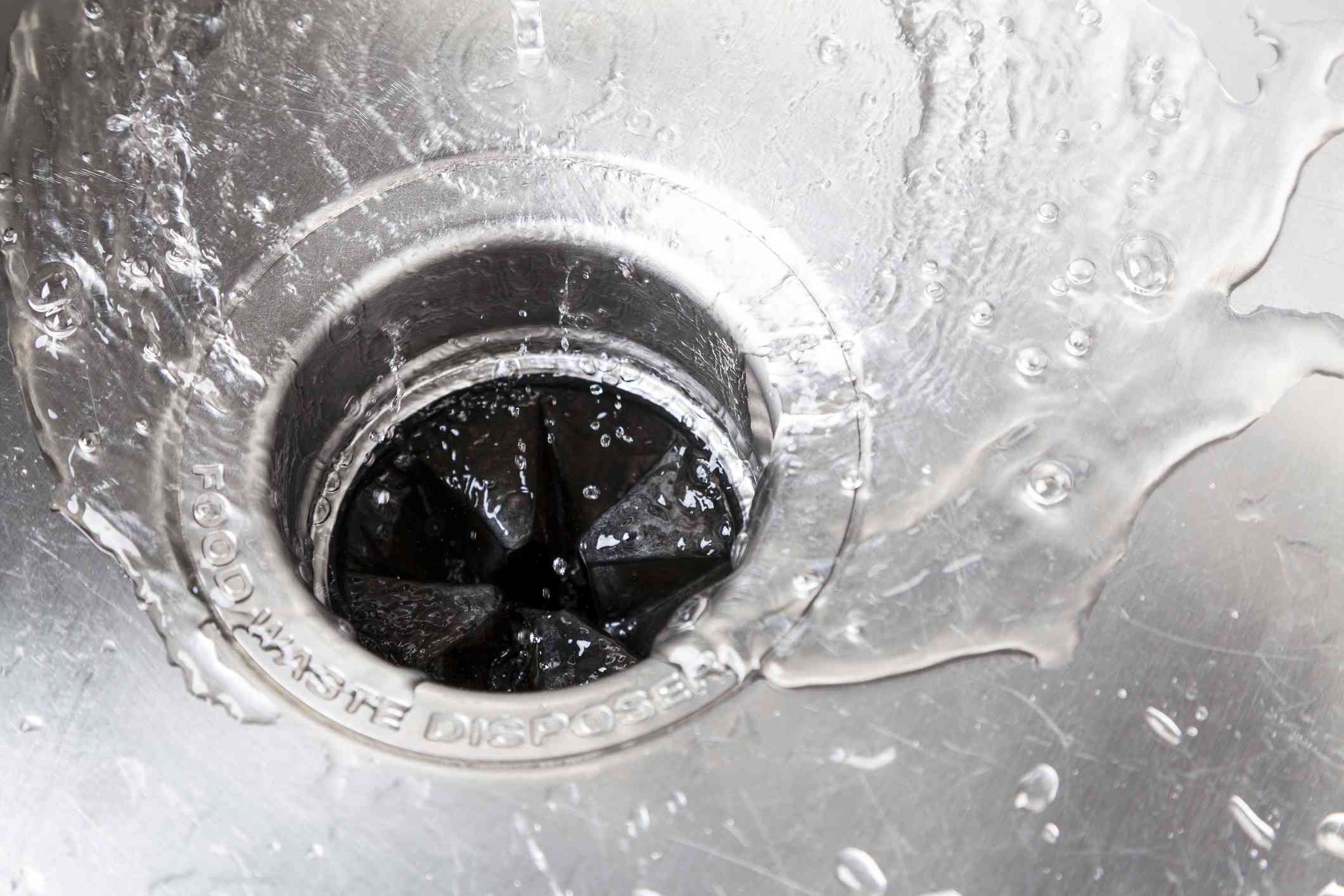Your garbage disposal is a convenient kitchen appliance that helps keep your sink clean and minimizes food waste. However, using it incorrectly can lead to clogs, malfunctions, and costly repairs. To ensure your garbage disposal operates smoothly and efficiently, here are some essential dos and don'ts to keep in mind:
Dos:
1. Use Cold Water: Always run cold water while operating the garbage disposal. Cold water helps solidify any grease or oils, making it easier for the disposal to chop them up and prevent clogs.
2. Cut Food into Small Pieces: Before putting food scraps into the disposal, cut them into small pieces to avoid overloading the unit and ensure efficient grinding.
3. Run Water Before and After: Start running water before turning on the disposal, and continue running it for a few seconds after you've turned it off. This helps flush out any remaining food particles and prevents clogs.
4. Grind Citrus Peels: Grinding citrus peels, such as lemon or orange rinds, can help freshen up your disposal and eliminate unpleasant odors.
5. Use Ice Cubes: Occasionally, toss a few ice cubes into the disposal and run it to help sharpen the blades and dislodge any buildup or debris.
6. Clean Regularly: Keep your garbage disposal clean by pouring a small amount of dish soap down the drain and running it with cold water. You can also use a mixture of baking soda and vinegar to deodorize and sanitize the unit.
Dont's:
1. Don't Put Non-Food Items: Avoid putting non-food items such as glass, metal, plastic, or paper into the disposal, as they can damage the blades and cause malfunctions.
2. Avoid Fibrous Foods: Refrain from putting fibrous or stringy foods like celery, corn husks, onion skins, or artichokes into the disposal, as they can wrap around the blades and cause clogs.
3. Limit Starchy Foods: Starchy foods like pasta, rice, and potato peels can expand in water and form a thick paste that clogs the disposal. Dispose of them in the trash instead.
4. No Grease or Oil: Avoid pouring grease, oil, or fat down the disposal, as they can solidify and coat the blades, leading to clogs and unpleasant odors.
5. Avoid Hard Items: Don't put hard items like bones, pits, or coffee grounds into the disposal, as they can dull or damage the blades.
6. Don't Overload: Avoid overloading the disposal with too much food at once. Instead, feed it small amounts gradually to prevent jams and ensure proper grinding.
PRO TIP: If your garbage disposal stops working unexpectedly, check the reset button located on the bottom or side of most units. Pressing this button can often reset the unit and restore its functionality. If the problem persists, or if you encounter any other issues with your garbage disposal, contact a professional plumber for assistance.
By following these dos and don'ts of using a garbage disposal, you can maintain its optimal performance and prolong its lifespan. A little care and attention go a long way in keeping your kitchen running smoothly and efficiently.


